by Hannah Chamberlain, Enablement Lead, Inclusion Barnet
Coverage of the Paralympics has in the past dominated media representations of disability. As not all of us can be Paralympians, this seems an inaccessible bar to becoming visible members of society. It does seem that the tide is turning and inclusive images and representations are more frequently seen. At Inclusion Barnet, our focus on disability rights means that we are most concerned, in any public facing campaign, to see that disability issues are treated with the dignity that ensures that the rights of individuals and of people with disabilities as a collective are respected.
This doesn’t mean that we should be humourless in our approach. There have been great examples of using communications around disability including puns and pushing language that reflect an empowering attitude. The hashtag which was briefly popular in the tech for good sector for example #dontDismyAbility was a great example of the kind of sassy communications that have got the disability movement the profile it now enjoys among the public.
However, there needs to be an element of coproduction to make humour land and really work. The tone of the straplines of the C4 Paralympic campaign ‘It’s rude not to stare” and “To be a Paralympian there’s got to be something wrong with you” have rubbed some members of the disability community up the wrong way.
It seems that these lines are meant to be read ironically, but they don’t seem to be coproduced, which is where the problem lies. To give a bit of context to the second strapline, it comes in the middle of a longer filmed trailer piece in which the dedication and sacrifices required to be a Paralympian are emphasised in a music montage of shots. Everyday examples of disability access are included, such as a wheelchair user unable to access a shop due to steps. It seems that the advertisers have been listening, though perhaps that is an example of barriers that is overused, it is a highly visual one.
People with disability should be visible in the media more generally and this is part of the WeThe15 campaign. This is an ongoing piece of work that stretches beyond the hype and buzz of Paralympics, though not without its own controversies. But that is for another story….!
We’d love to know your views on both these campaigns, so do get involved in our social media conversations!


